The polar.frame ONLY works with dual flashes on a bracket! The only exemption is the Olympus STF-8.
If you don’t want to use brackets, check out our intra.polar product! Make sure your dual flash can sit behind the front element of the lens. See the photos!
There is no need to apply glue to the flash.
Select the filter size of your lens.
You will receive a QR code for the dental photography e-book, where you will find many useful tips and tricks! For example, how to go custom white balance on Canon, Nikon and Sony cameras,
The story behind the development of the product:
In the late 2000’s, Prof. Lorenzo Vanini wrote an article about direct composite restorations. The article included some outstanding photographs where all the details of a teeth were visible. Our inventor, Szabi Hant was so excited about the technique, that he started searching for the method to replicate it. A nature photography site revealed some clues for Szabi about how to do it. Photographers use a cross-polarizing technique to photograph amphibians, as they can see the skin much better and more in detail if there is no reflection.
So we made our first cross-polarising filter setup with films and glass polarising filters. It worked beautifully, but soon we realised the setup is really time-consuming if the flashes are on a bracket and the flash heads are not locked in a parallel position.
So after some experiments, we designed the PolarFrame (the new version is now called the intra.polar.frame) to avoid the time-consuming process.
Now it just takes seconds to attach the intra.polar.frame to the lens and take highly valuable cross-polarised photographs with twin flash setups or with the Metz 15 MS-1 ring flash.
Designed and made in our laboratory in Ardross, Western Australia.
We use 100% recyclable filaments for the products.We use as minimal as possible packaging to reduce waste and keep our prices affordable.
Due to high demand, the processing time is approximately two weeks, excluding shipping time.
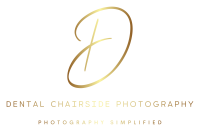
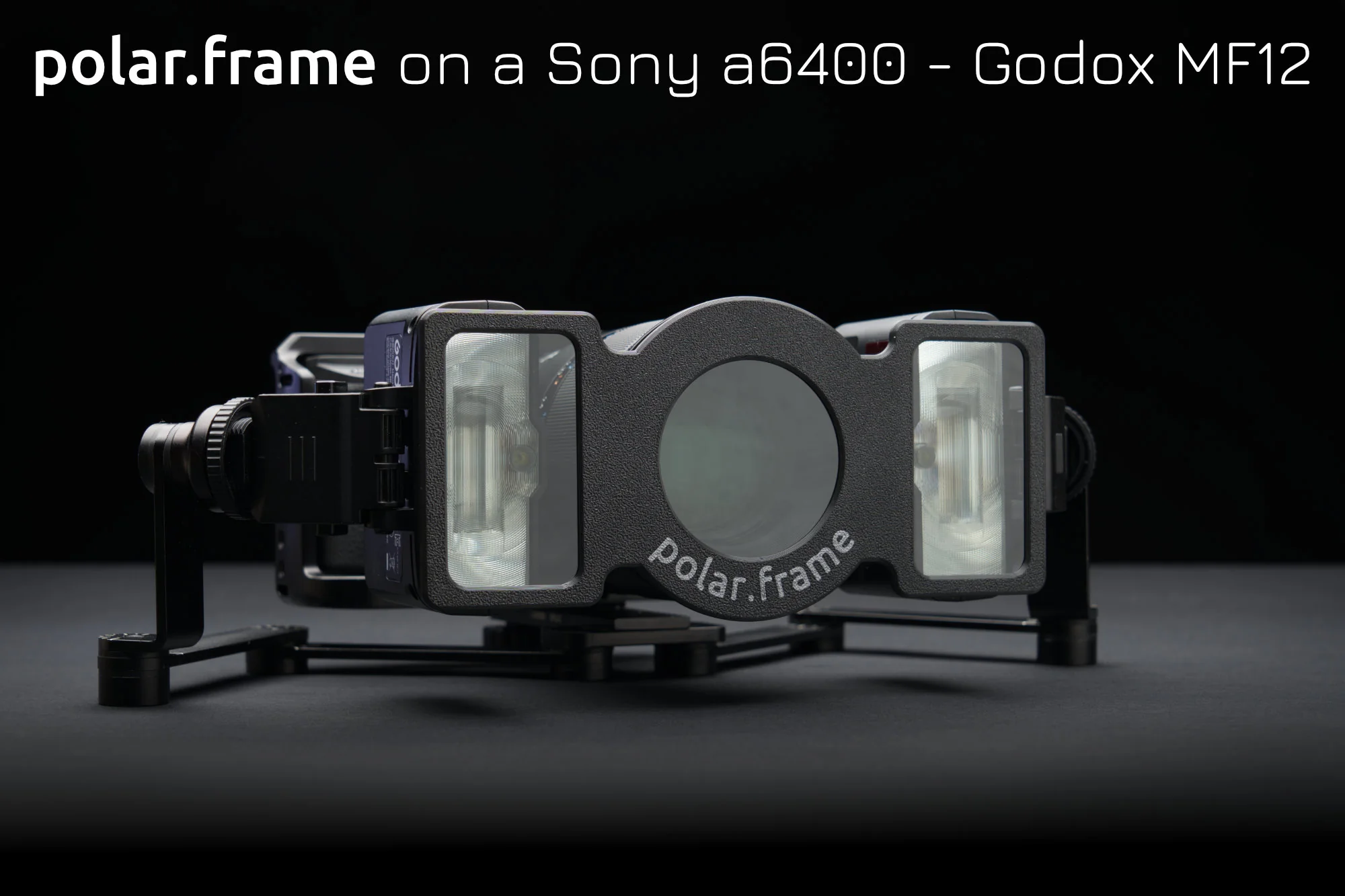

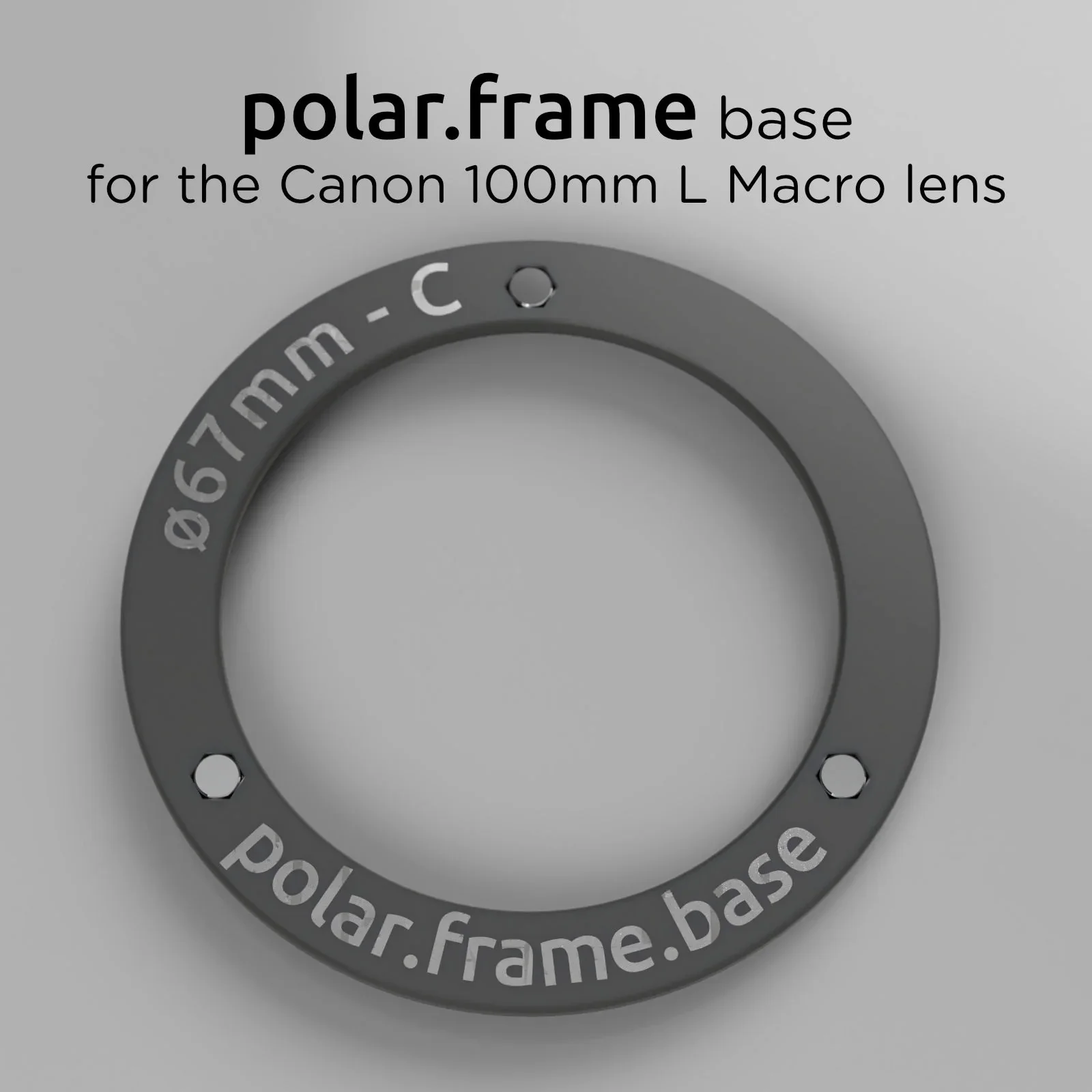

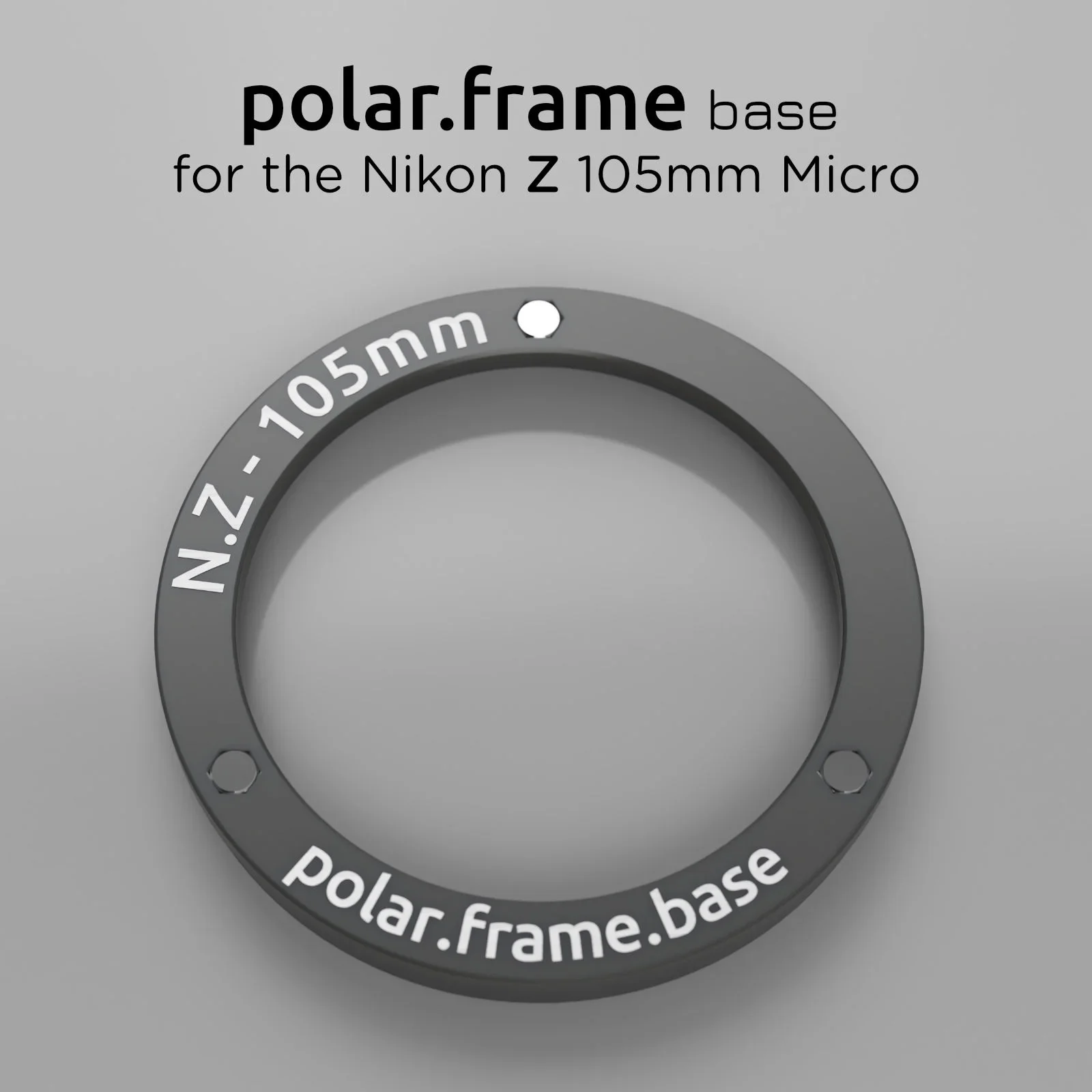
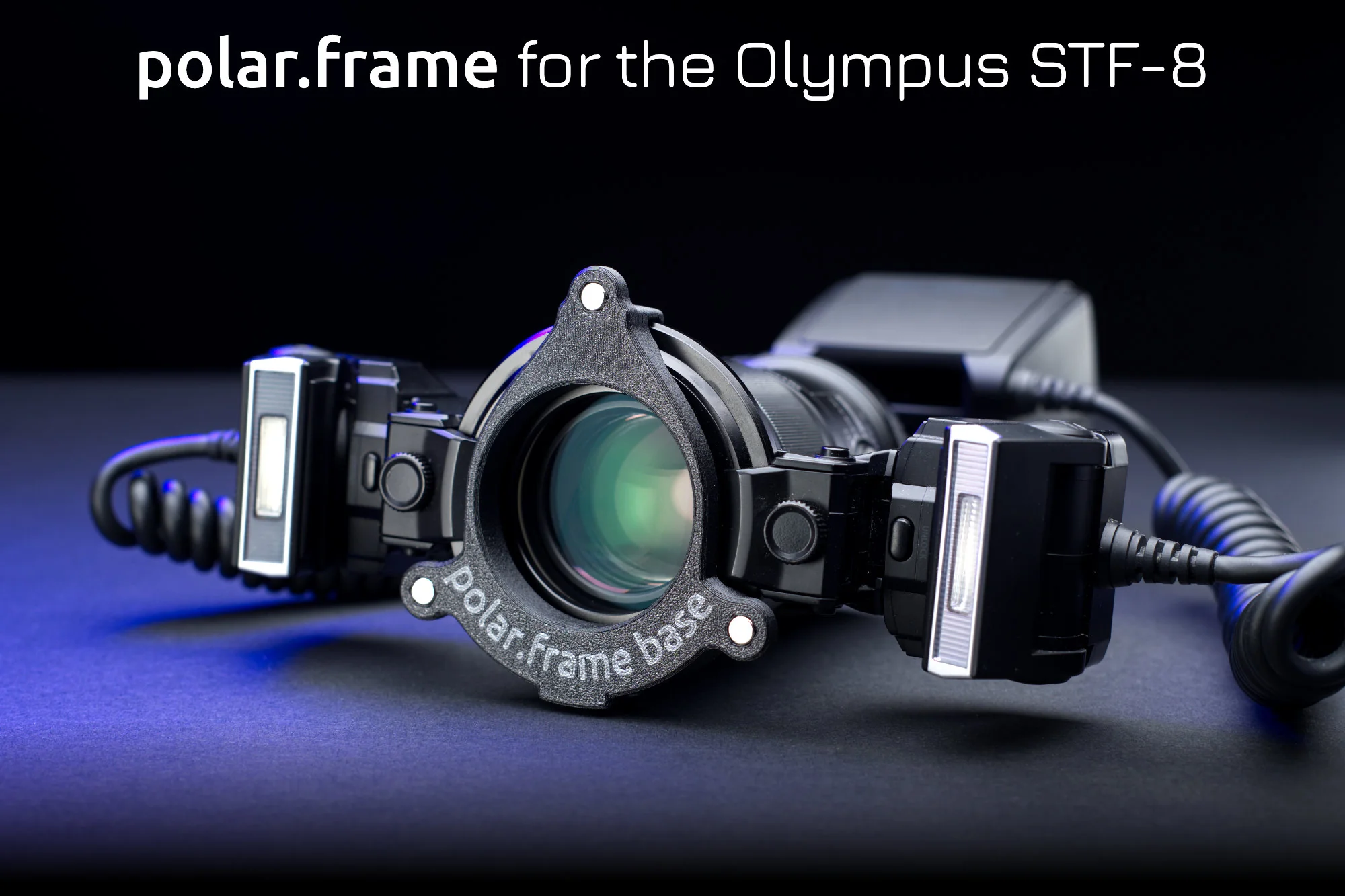

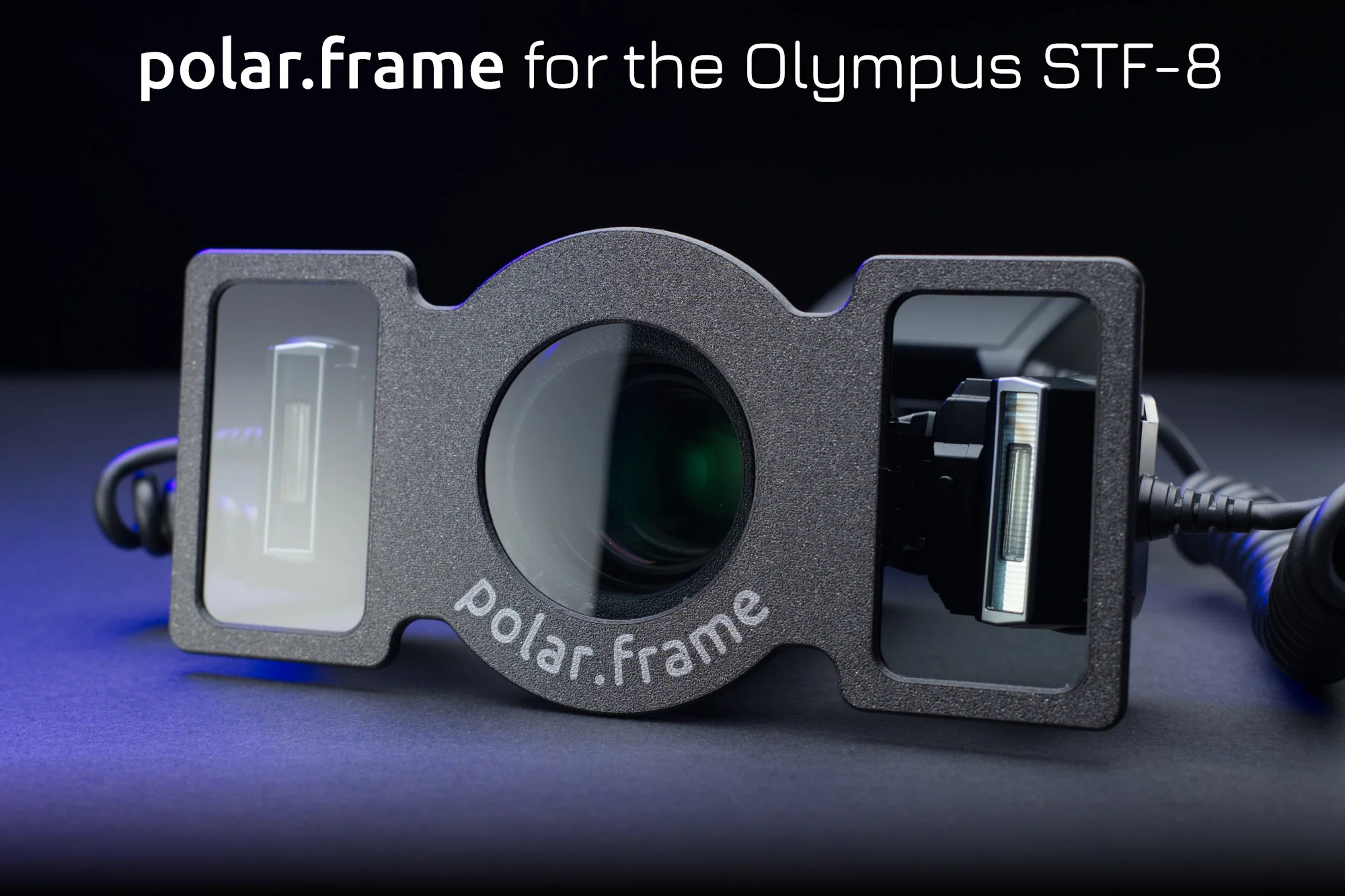
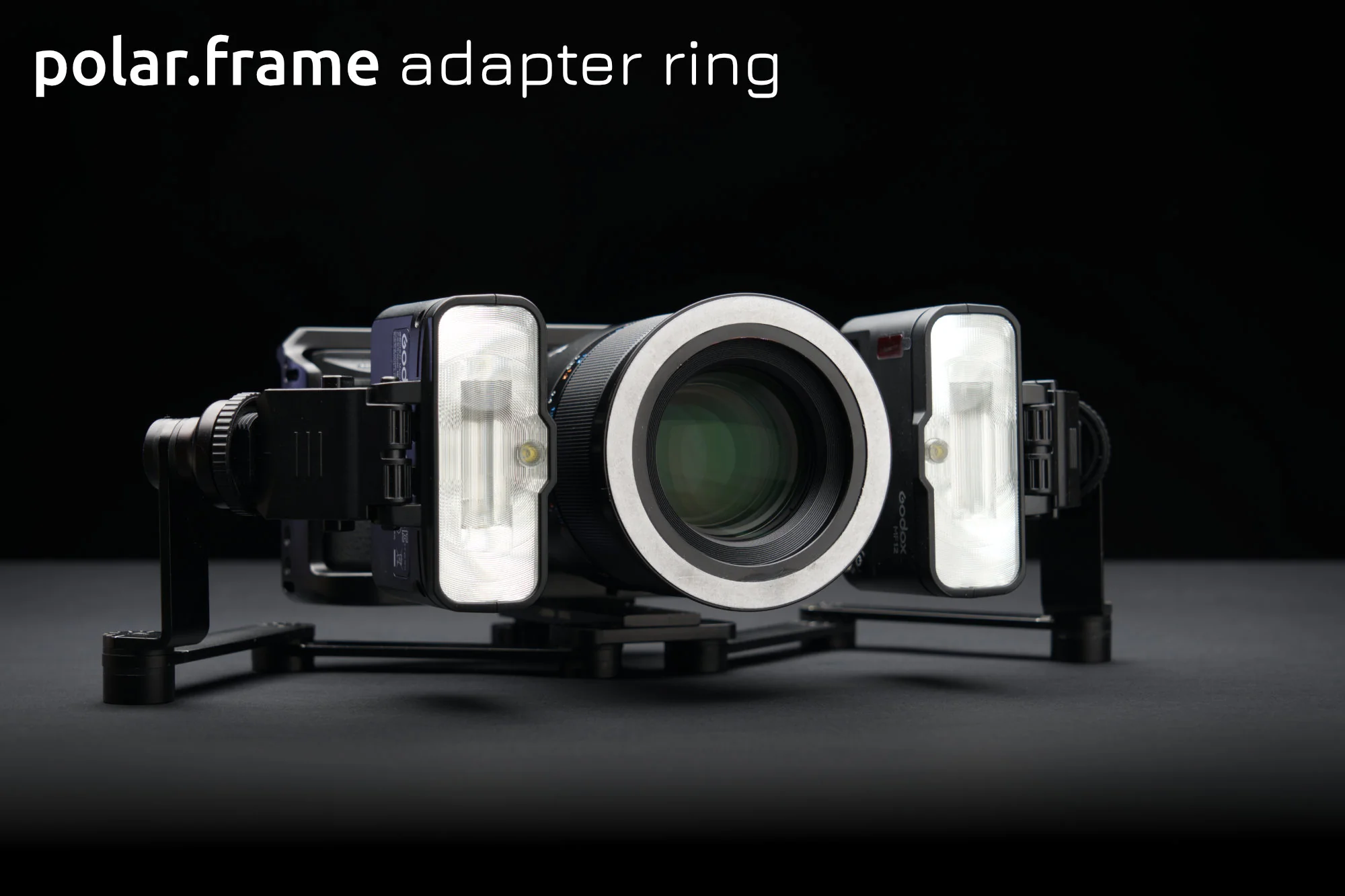
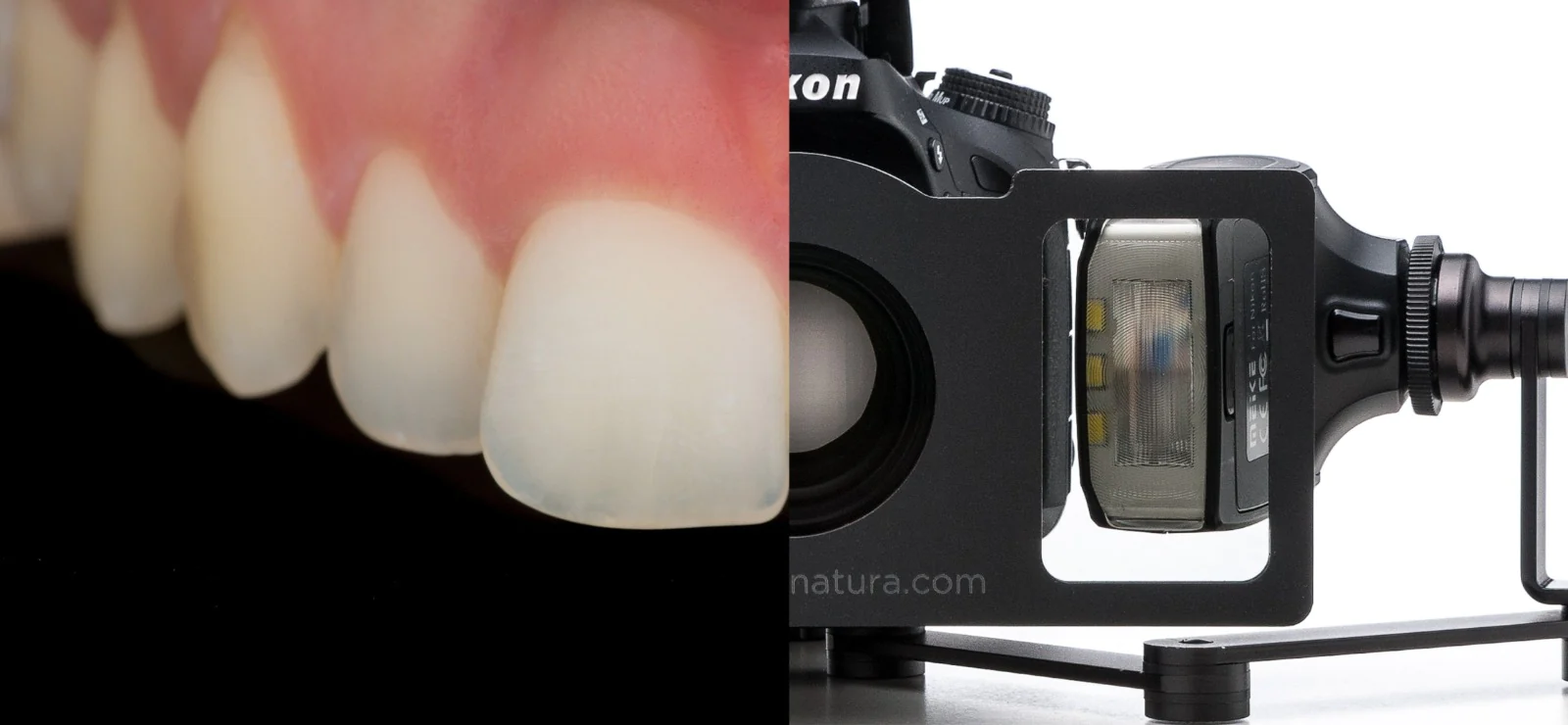

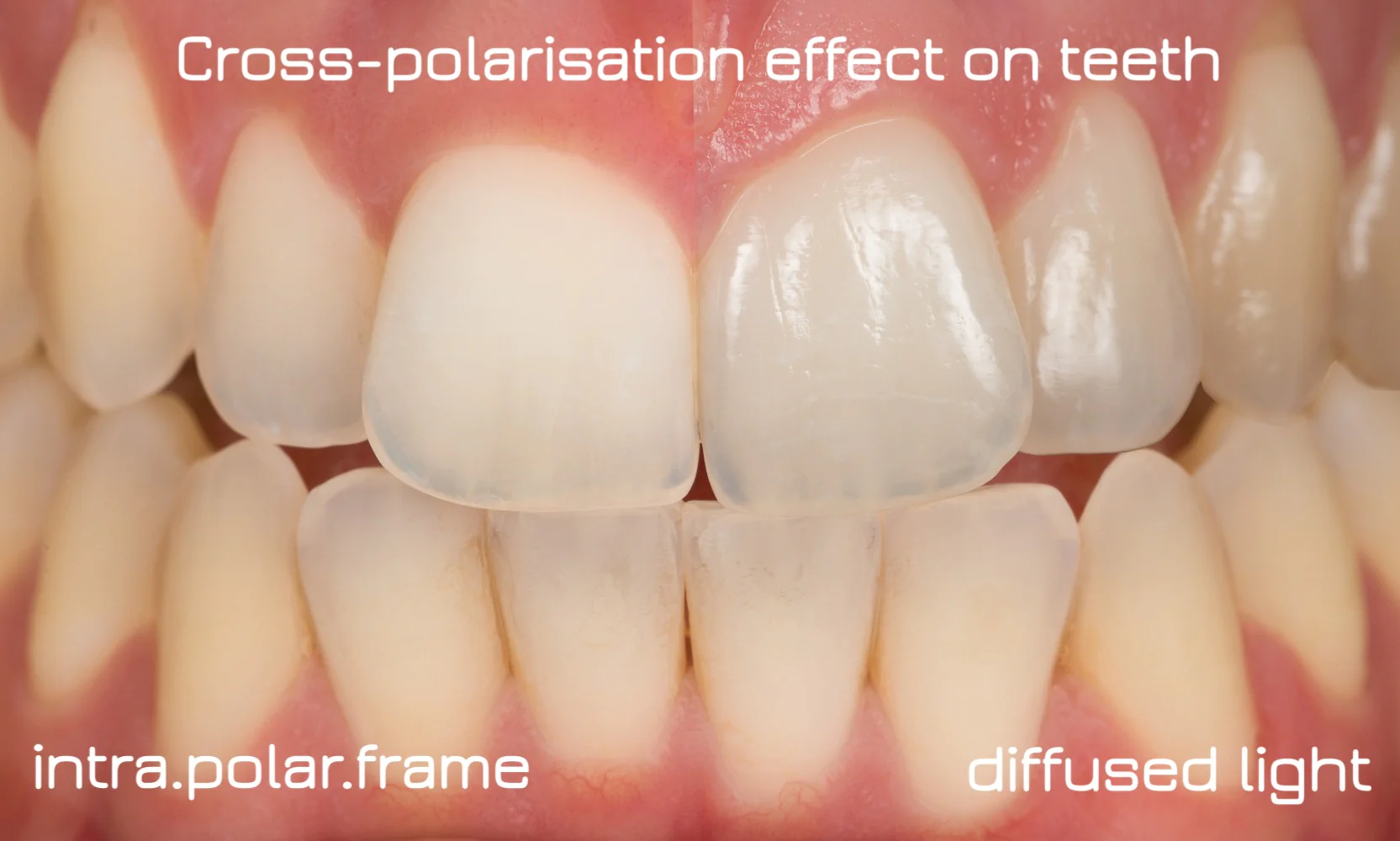


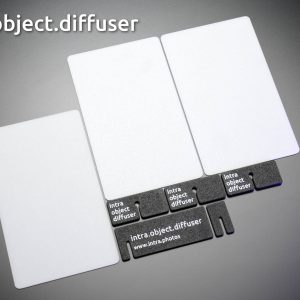
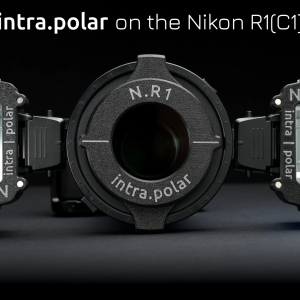


Reviews
There are no reviews yet.